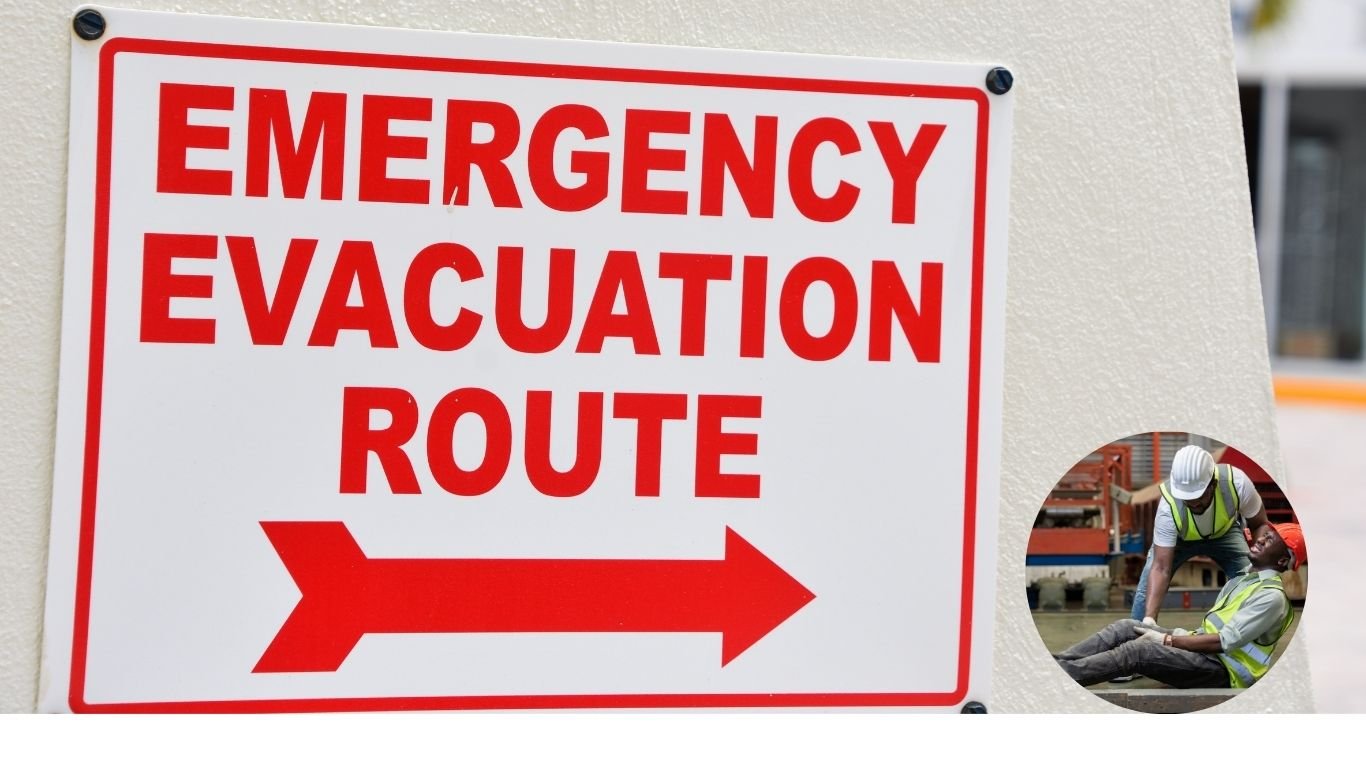OBJECTIVES
Upon completion of this lesson, you will be able to:
- Define evacuation of casualties.
- List the types of evacuation of casualties.
- List the method of evacuation of casualties in case of one rescuer.
- List the method of evacuation of casualties in case of two rescuers.
- List the method of evacuation of casualties in case of three rescuers.

Evacuation of Casualties
It is very important that patients are shifted securely from the incident site to a safe place or field hospital. If there is negligence in shifting the patient, the entire treatment process may be compromised.
Types of Evacuation of Casualties
A. Emergency Moves
These are the moves applied where there is an immediate threat to life.
- Used in situations like fire, explosions, collapsing structures, or active combat zones.
- Speed is prioritized over patient comfort to ensure survival.
B. Non-Emergency Moves
These moves are applied where there is no immediate threat to life, and the rescuer can shift the patient safely.
- Used when the patient is stable, and careful handling is required to prevent further injury.
- Examples include planned medical evacuations or transfers to a hospital.
Types of Evacuation of Casualties (According to Manpower)
The availability of rescuers determines the method used for evacuation.
A. One Rescuer
One rescuer can lift, carry, or evacuate a single person using the following methods:
- Ankle Pull
The ankle pull is the fastest method for moving a victim a short distance over a smooth surface. However, it is not a preferred method as it may cause additional injury.- Grasp the victim’s ankles and pull backward while walking.
- Keep the victim’s head and torso as stable as possible.
- Shoulder Pull
The shoulder pull is preferred over the ankle pull as it supports the victim’s head. However, it requires the rescuer to bend over while pulling.- Grasp the victim under the shoulders and drag carefully.
- Use this method for short distances on flat surfaces.
- Blanket Pull
This is the preferred method for dragging a victim on a rough surface in emergencies.- Place the victim on a blanket using a logroll or three-person lift.
- Position the head about 2 feet from one corner of the blanket.
- Wrap the blanket corners around the victim and pull steadily.
- One-Person Lift / Baby Carry
This method works only with a child or a very light person.- Place one arm under the victim’s knees and the other around their back.
- Lift carefully while maintaining balance.
- Firefighter Carry
This technique is for carrying a victim longer distances but requires significant strength.- Lift the victim over your shoulder, supporting their weight.
- Not suitable for patients with spinal or abdominal injuries.
- Pack-Strap Carry
Used when injuries make the firefighter carry unsafe.- Position the victim on your back with their arms over your shoulders.
- Hold their thighs and lean forward slightly for balance.
B. Two Rescuers
- Human Crutch / Two-Person Drag
For conscious victims, this allows them to swing their legs using rescuers as support. For unconscious victims, rescuers grasp the belt or clothing to drag them. - Four-Handed Seat
Used for conscious victims who can hold themselves upright.- Each rescuer grasps their own wrist and the other rescuer’s wrist to form a seat.
- The victim sits on the locked hands while holding the rescuers’ shoulders.
- Two-Handed Seat
Supports unconscious victims over longer distances.- Rescuers interlock arms beneath the victim’s legs and back.
- Lift together in a coordinated motion.
- Chair Carry
Effective for moving victims through narrow spaces or stairs.- Use a sturdy chair to support the victim while rescuers lift from both sides.
- Improvised Stretcher
Made using two strong poles and shirts or jackets.- Thread poles through the sleeves of shirts to create a stretcher.
- Ensure the material is strong enough to support the victim’s weight.
- Blanket Stretcher
Requires two poles and a blanket.- Roll the blanket’s edges around the poles to form a stretcher.
- Lift carefully to avoid dropping the patient.
C. Three Rescuers
- Hammock Carry
Three or more rescuers position themselves on both sides of the victim.- The strongest rescuer should be on the side with fewer helpers.
- Lift in unison to distribute weight evenly.
- Three-Person Lift
Used for placing a patient onto a bed or stretcher.- One rescuer supports the head and shoulders, another the hips, and the third the legs.
- Lift simultaneously to avoid twisting the patient’s spine.
Conclusion:
Rescuers must assess the situation quickly, choosing between emergency and non-emergency moves. One rescuer can use drags or carries like the firefighter method. Two rescuers should employ coordinated lifts such as the four-handed seat.
Three rescuers can execute safer transfers using the hammock carry. Always prioritize the casualty’s safety, using available resources like blankets or improvised stretchers. Proper execution prevents further injury and ensures timely medical care.
Mastering these methods enables responders to handle various scenarios confidently. Practice and preparation remain key to successful casualty evacuation in any emergency situation.

Emma Lee, an expert in fire safety with years of firefighting and Rescuer experience, writes to educate on arescuer.com, sharing life-saving tips and insights.
